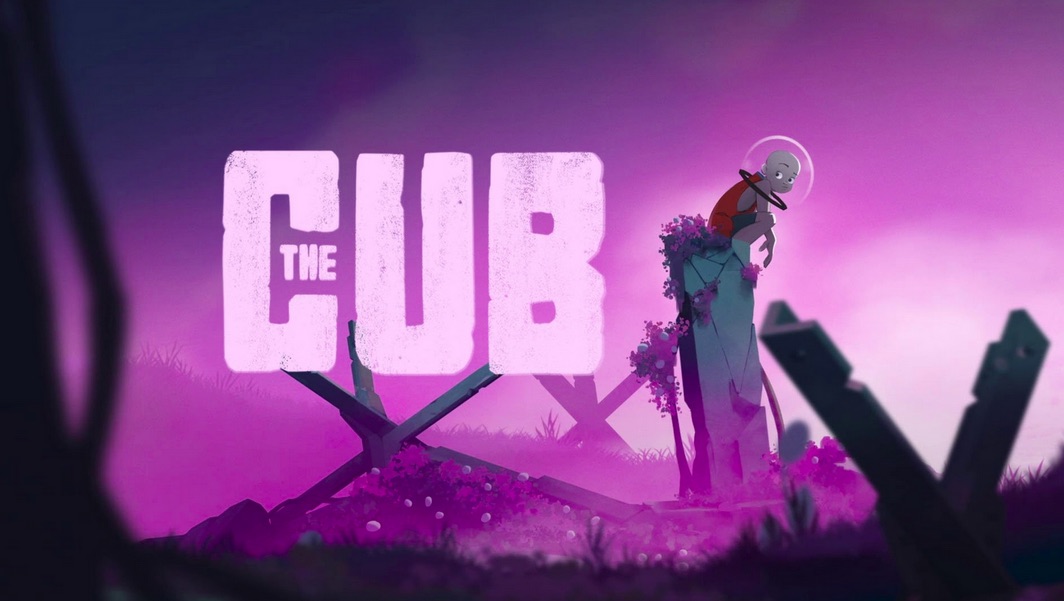
While metroidvanias excel at lengthy exploration and value, there’s a distinct allure to tightly focused adventures that test your wit and problem-solving skills. Perhaps as metroidvania fatigue sets in, cinematic action platformers are poised for a comeback. Being on the move and negotiating puzzle-like scenarios without looking back is a kind of experience you can’t find in a sprawling open-ended metroidvania.
Inside is one of the greatest success stories in its genre. It’s a perfect melding of atmosphere, beautiful animation, and clever level design, and it tells an ambiguous story that gamers debate to this day. Demagog Studios has smartly taken some cues from Inside while infusing their distinct and colorful sense of style as seen in Highwater and Golf Club: Nostalgia.
Telling a sci-fi interpretation of The Jungle Book as a cinematic action platformer is an inspired premise. Can Demagog Studios deliver on its potential? How do their efforts compare in the pantheon of great cinematic platformers like Heart of Darkness or Inside? Find out in The Cub review!
The Cub
Developer: Demagog Studio
Publisher: Untold Tales, Gamersky Games
Platforms: Windows PC, Xbox One, Xbox Series X|S, PlayStation 4, PlayStation 5, Nintendo Switch (reviewed)
Release Date: January 19, 2024
Price: $14.99 USD

The Cub, set in the same universe as Golf Club: Nostalgia and Highwater, takes place after the Martian elites, tired of using Earth as their personal golf course, have begun their campaign to reclaim their former home. The time spent on Mars has permanently altered the ex-Earthlings and while these dilettantes are separated from their humanity, they’ve become bumbling wimps that depend on technology.
When those Earthlings left to colonize Mars, the humans who stayed behind struggled and died out from their excessive consumption of resources. During that time, there were a scant few humans who managed to survive and adapt. The story revolves around one human who was abandoned and left to be raised by wolves; a wild boy who was always lurking in the background of Golf Club: Nostalgia.
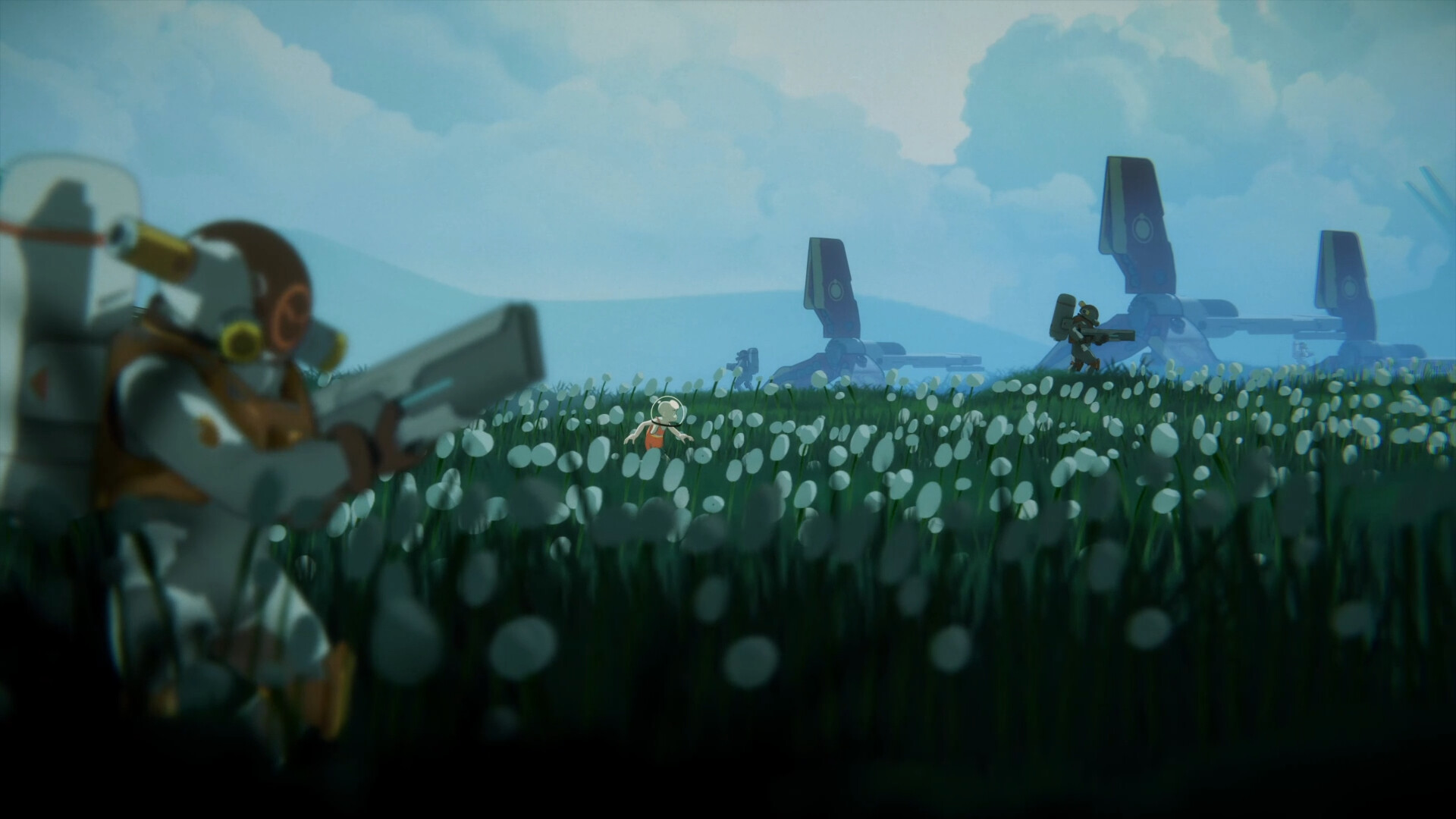
This cub is valuable to the Martians, and they desperately want to capture him in hopes of finding out how he was able to survive on Earth. After they make first contact, they’ll stop at nothing to hunt the cub relentlessly… unless the wild flora and fauna kill him first. This setup is effective, and some distinct visual cues convey that Earth creatures are not what they used to be; such as everything becoming pale and hairless.
The story is so simple and easy to understand through its visuals that including voice-over narration for the cub seems confusing. Between levels, the narration explains the events you just experienced, undermining the sense of mystery and discovery. The game would have been more effective without it, especially considering the unconvincing portrayal of a boy’s voice by the female narrator.
By far the best-executed aspect of the story is when the cub dons a Martian space helmet and can hear their radio transmissions. Not only can he hear their chatter, but he also gets their radio stations from Mars. The only reason why he bothers to keep the helmet on at all is because Martian Nostalgia Radio plays some of the freshest music in the galaxy.
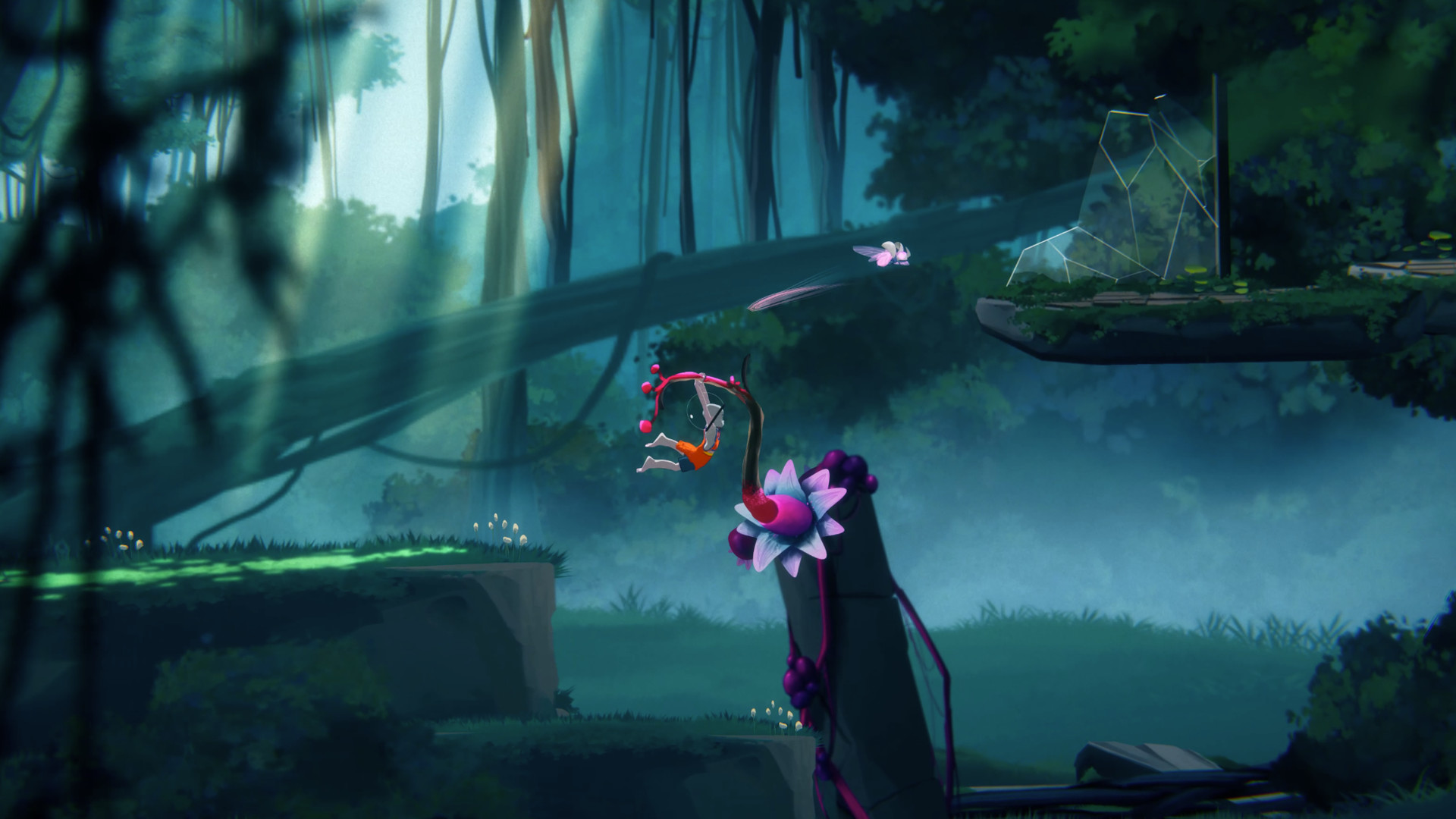
The Cub‘s gameplay is fairly standard for a cinematic action platformer. The protagonist is a little bit more mobile than the likes of the main characters in Inside or Heart of Darkness since he can slide, swing on ledges, and dash. For the most part, the experience is a break-neck tale of survival while on the run from Martians who are equipped with guns and traps.
The cub is vulnerable to being wiped out in one hit and checkpoints are generous, so there is no big deal to failing at a trial-and-error sequence of traps. There are several instances where players will fail to a diabolically placed hazard and learning the pattern and timing is a part of the experience in these kinds of platformers. The developers even went the extra mile and animated various gruesome deaths to make it entertaining.
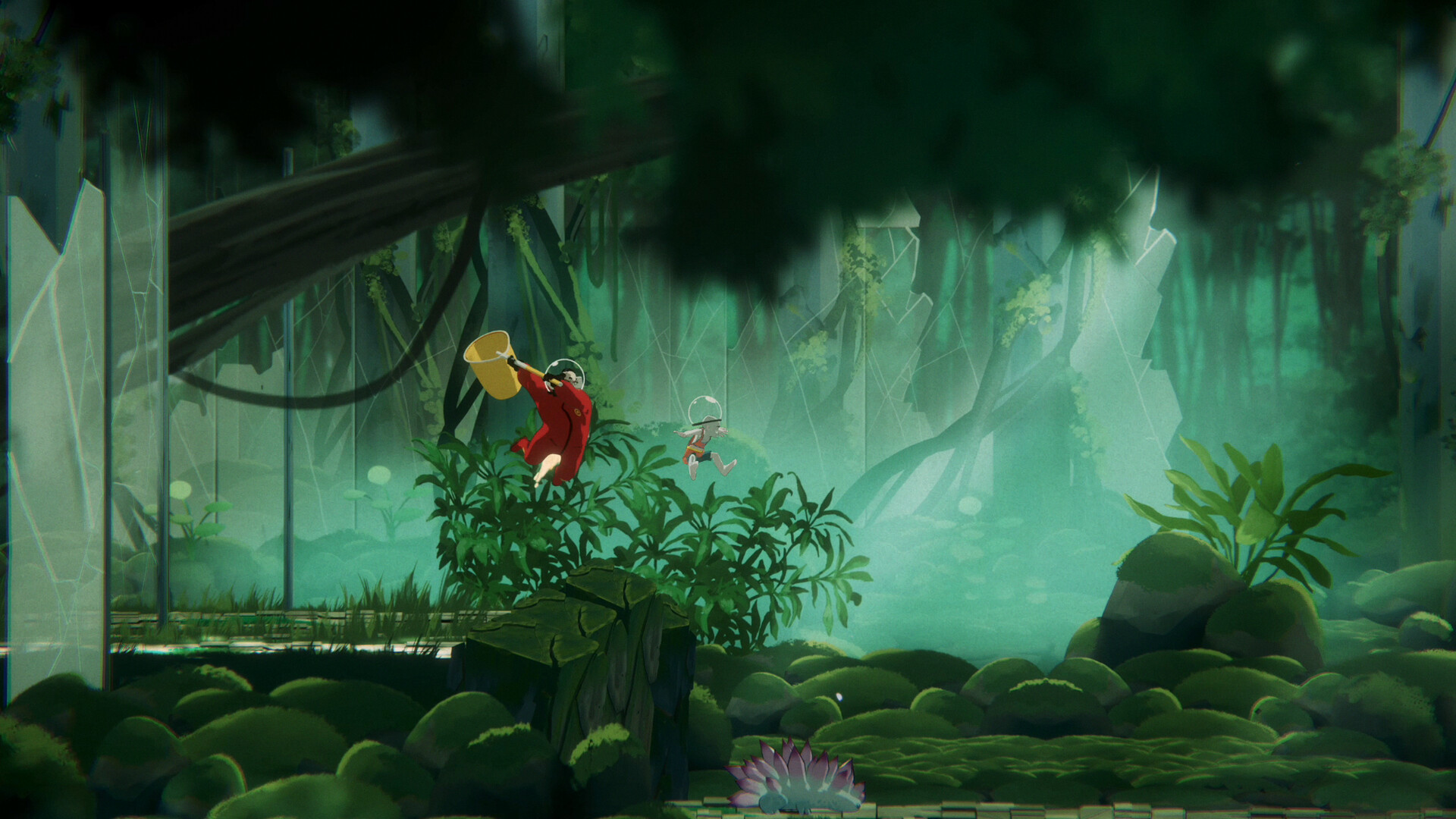
Stages are thoughtfully paced and have a blend of diegetic storytelling and environmental puzzle-solving. The Cub is not the most challenging example in its genre, but it will present several moments where gamers will need to focus to progress. As usual with cinematic action platformers, The Cub is pretty short but dense with its challenges. First-time playthroughs may last about three hours and once you know the tricks that the game has to throw at you, it can be negotiated in about 90 minutes.
If the tricky jumps and traps don’t kill the cub, then the buggy controls might. Sometimes jumps don’t work like they’re supposed to. It isn’t too uncommon to bungle a gauntlet of vertical ledges because the arc was inconsistent or the player character was unresponsive to face the other direction.
While The Cub functions as a perfectly serviceable platformer, its brevity makes any control issues particularly glaring. In such a short experience, there’s little room for missteps. Flawless controls were essential, and perhaps more development time would have ensured a smoother experience.
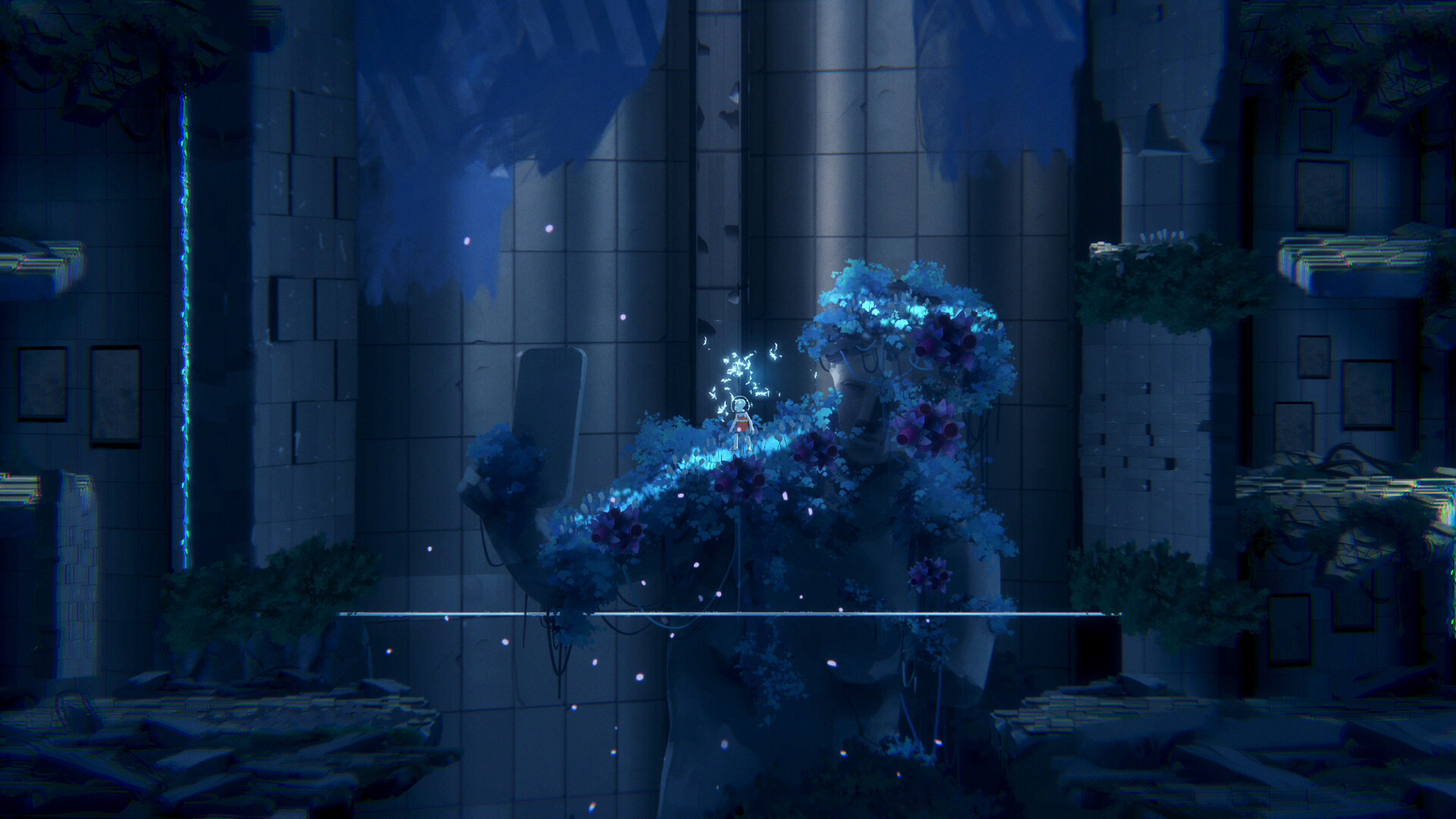
While the controls could have used a little more refinement and polish, there is no denying that The Cub‘s visuals are stellar. Much like their previous titles, the art style takes a lot from European comics and illustration. Characters are very expressive and the backgrounds are very lush. The graphics are a mix of 2D background elements with 3D characters (sometimes 2D characters) and the artists did an impressive job at seamlessly blending the assets together.
The themes of the story are also integrated into the environmental story telling. The Cub‘s undertones and core message is staunchly negative towards humanity as a whole. It seems like everywhere you look, you’ll find hints of mankind’s demise due to greed, sloth, and gluttony. The only answer that the game provides is that humanity deserved to be wiped out and that the world is better off without them.
This is a very lazy and unhelpful stance to take, while assuming a moral high ground. Any misanthrope could easily solve their perceived problem by killing themselves and others, but are always the biggest cowards and never do anything. It isn’t deep or thoughtful to say “humans are the monsters, you guise”, because real life is a lot more complex than that.
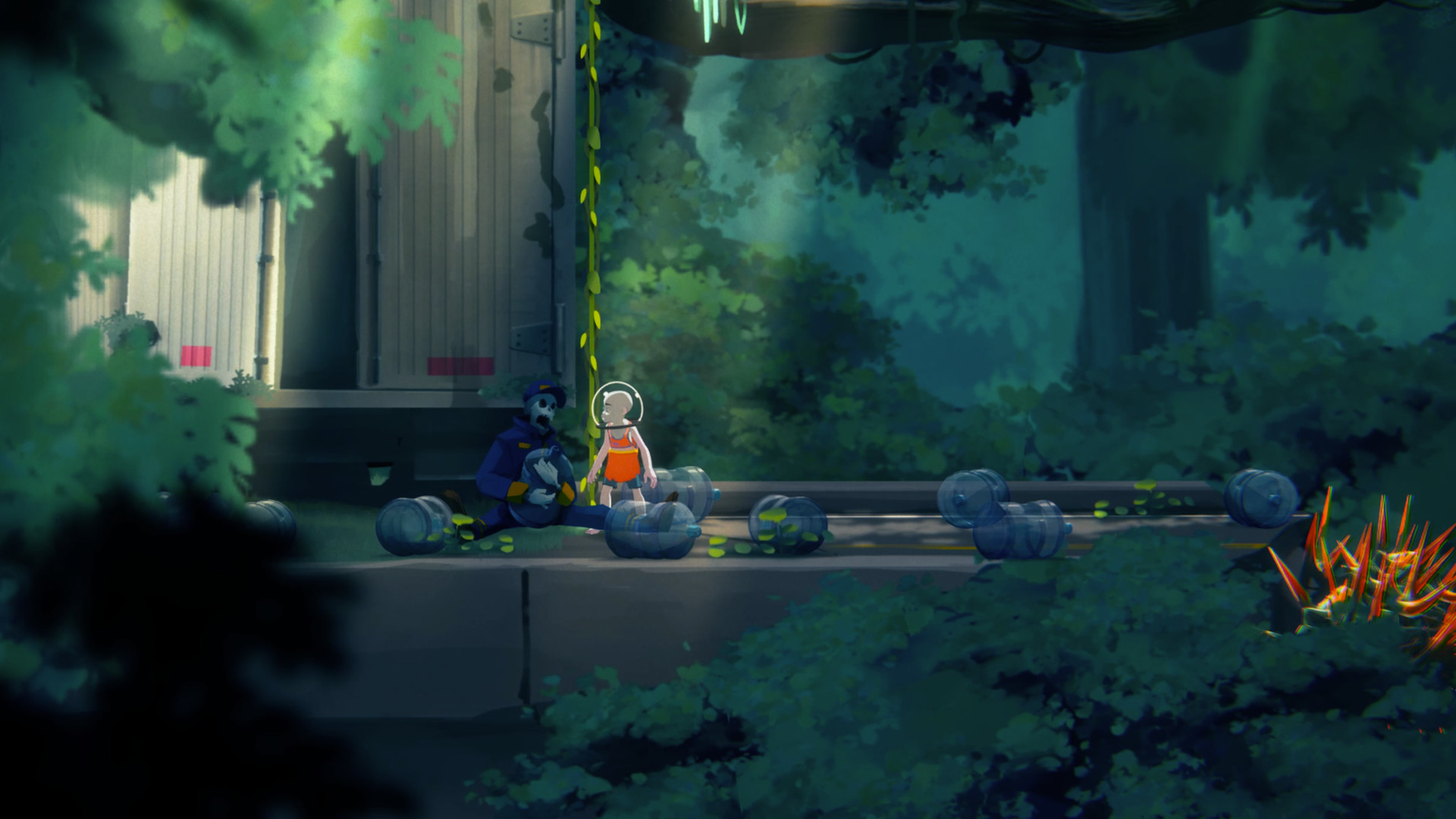
The Cub is a solid cinematic action platformer that could have had tighter controls. Its audio and visuals are its biggest draw and while the story sticks to landing, the core themes of the narrative are utterly insulting. The misanthropic ideals it spews are shallow and the game would have been better off without it.
The Cub was reviewed on Nintendo Switch using a code provided by Untold Tales. You can find additional information about Niche Gamer’s review/ethics policy here. The Cub is now available for Windows PC (via Steam), Nintendo Switch, Xbox One, Xbox Series X|S, PlayStation 4, and PlayStation 5.